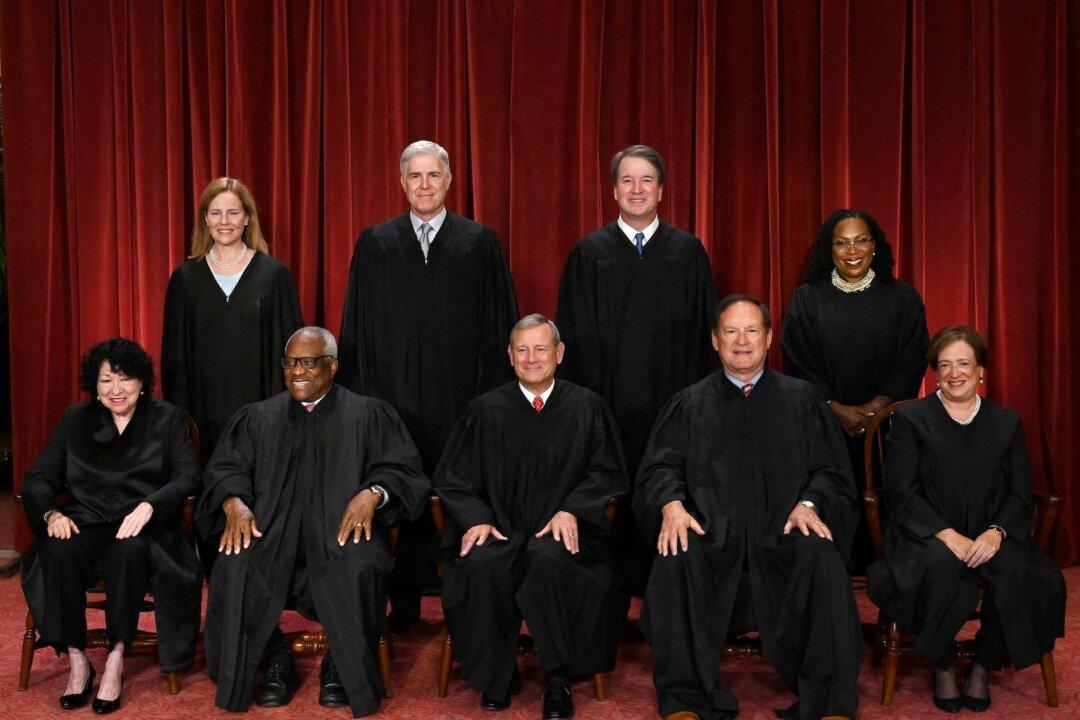An attorney who was involved in the Supreme Court’s recent landmark affirmative action case responded to a claim made by Justice Ketanji Brown Jackson in her dissent that black newborn babies are more likely to die if they aren’t treated by a black physician.
In Ms. Jackson’s dissent in the court’s ruling on Students for Fair Admissions v. Harvard, in which the majority ruled to end affirmative action in college admissions, Ms. Jackson sought to show that race-based admissions can be a matter of life and death for minority groups.





